- Clone
- QA19A03 (See other available formats)
- Regulatory Status
- RUO
- Other Names
- T cell antigen receptor complex, T3
- Isotype
- Mouse IgG2a, κ
- Ave. Rating
- Submit a Review
- Product Citations
- publications
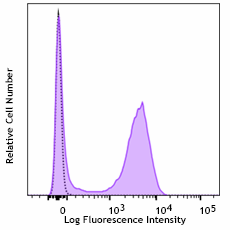
-

Lewis rat splenocytes were stained with purified anti-rat CD3 (clone QA19A03) followed by anti-mouse IgG2a, κ PE.
| Cat # | Size | Price | Quantity Check Availability | Save | ||
|---|---|---|---|---|---|---|
| 200002 | 100 µg | $101 | ||||
CD3 is a complex composed of δ, γ, ε, and ζ chains. They are 20-25 kD members of the immunoglobulin superfamily and associated with the T cell receptor (TCR). CD3 is expressed on thymocytes, peripheral T cells, some NK-T cells, and dendritic epidermal T cells. CD3 is involved in antigen recognition, signal transduction, and T cell activation.
Product DetailsProduct Details
- Verified Reactivity
- Rat
- Antibody Type
- Recombinant
- Host Species
- Mouse
- Immunogen
- F344 rat spleen cells stimulated with PMA and calcium ionophore
- Formulation
- Phosphate-buffered solution, pH 7.2, containing 0.09% sodium azide
- Preparation
- The antibody was purified by affinity chromatography.
- Concentration
- 0.5 mg/mL
- Storage & Handling
- The antibody solution should be stored undiluted between 2°C and 8°C.
- Application
-
FC - Quality tested
- Recommended Usage
-
Each lot of this antibody is quality control tested by immunofluorescent staining with flow cytometric analysis. For flow cytometric staining, the suggested use of this reagent is ≤ 0.5 µg per million cells in 100 µL volume. It is recommended that the reagent be titrated for optimal performance for each application.
- RRID
-
AB_2910354 (BioLegend Cat. No. 200002)
Antigen Details
- Structure
- Ig superfamily, approximately 20-25 kD
- Distribution
-
Thymocytes, peripheral T cells, dendritic epidermal T cells, NK-T cells
- Function
- Antigen recognition, TCR signal transduction, T cell activation
- Ligand/Receptor
- Peptide antigen/MHC complex
- Cell Type
- NKT cells, T cells, Thymocytes
- Biology Area
- Immunology
- Molecular Family
- CD Molecules
- Antigen References
-
- Tanaka T, et al. 1989. J Immunol. 142:2791-5.
- Elbe A, et al. 1993. J Invest. Dermatol. 102:74-9.
- Gene ID
- 25710 View all products for this Gene ID 300678 View all products for this Gene ID 315609 View all products for this Gene ID 25300 View all products for this Gene ID
- UniProt
- View information about CD3 on UniProt.org
Related FAQs
Other Formats
View All CD3 Reagents Request Custom Conjugation| Description | Clone | Applications |
|---|---|---|
| PE anti-rat CD3 Recombinant Antibody | QA19A03 | FC |
| Purified anti-rat CD3 Recombinant Antibody | QA19A03 | FC |
Customers Also Purchased
Compare Data Across All Formats
This data display is provided for general comparisons between formats.
Your actual data may vary due to variations in samples, target cells, instruments and their settings, staining conditions, and other factors.
If you need assistance with selecting the best format contact our expert technical support team.
-
PE anti-rat CD3 Recombinant Antibody
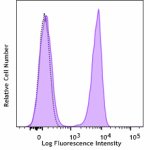
Lewis rat splenocytes were stained with anti-rat CD3 (clone ... -
Purified anti-rat CD3 Recombinant Antibody
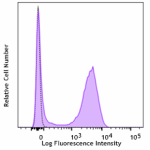
Lewis rat splenocytes were stained with purified anti-rat CD...
 Login/Register
Login/Register 





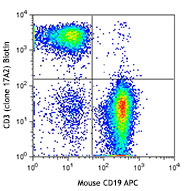

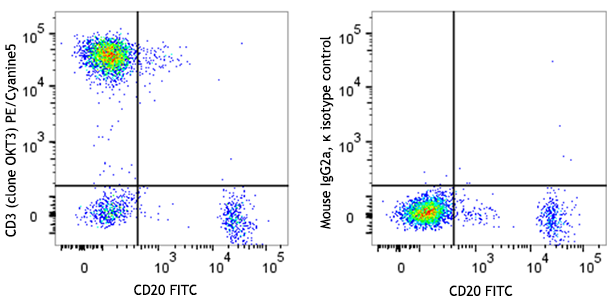
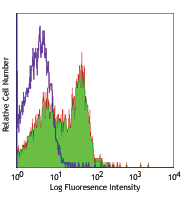



Follow Us